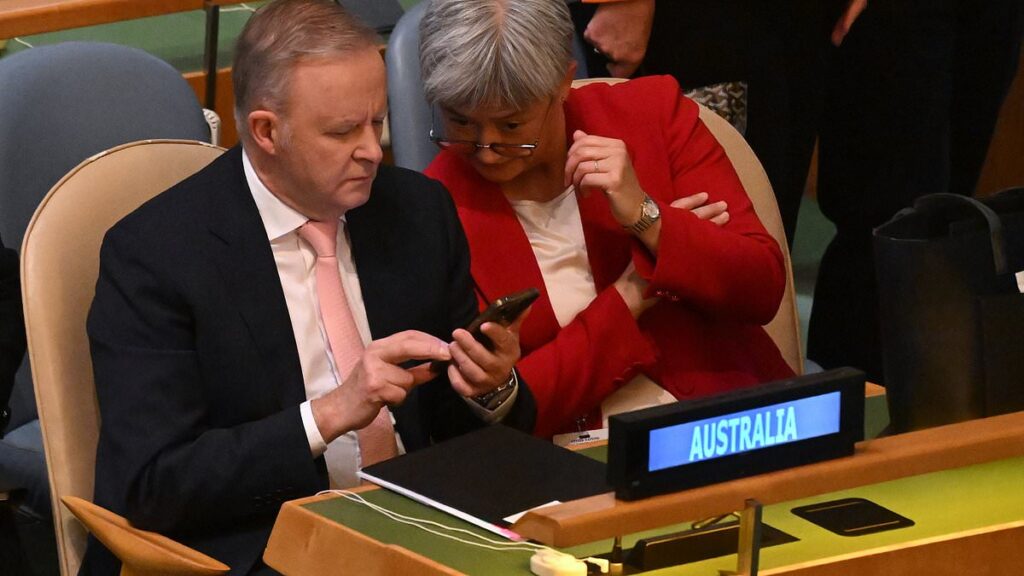
Australia is facing a mounting crisis that threatens to unravel the fabric of society: housing affordability. Despite numerous policy interventions, the situation continues to deteriorate, leaving younger generations struggling to achieve the dream of home ownership. The urgency of this issue was starkly highlighted by engineer Marko Matvikov, who took to social media to express his frustration.
“It’s amazing how many people in their 50s-60s I come across who paid off their home 10-20 years ago, raised 2-3 kids and have an investment or holiday home on a single average (or below average) income,” he wrote. “Contrast that with kids today entering the workforce with a 50k student debt who’ll work into their 70s and likely never own a home or feel financially stable enough to have kids with above-average dual incomes.”
Escalating Housing Costs
The disparity between past and present housing affordability is stark. Once, a single average income sufficed to buy a home, raise a family, and even pay off an investment property. Today, even dual-income couples find home ownership increasingly unattainable. The national average dwelling value has soared to eight times the average annual income, setting a new record in late 2024. Mortgage servicing now consumes over 50 percent of household income.
“Renting isn’t a refuge either: a record one-third of gross income now goes on paying the median rent. Saving a deposit can take more than a decade on most incomes, and in Sydney, it’s closer to 13 years.”
Meanwhile, wages have not kept pace with these rising costs, and any interest earned on savings is heavily taxed, further complicating the path to home ownership.
The Political Response
Despite the gravity of the situation, political responses have been criticized as inadequate. Initiatives like the new home owners deposit scheme, while intended to assist, may inadvertently drive prices higher. The Reserve Bank has acknowledged this potential, highlighting the need for a more balanced approach.
Independent research group Demographia ranks Australia’s capitals among the least affordable in the developed world, with Sydney second only to Hong Kong. Melbourne, Brisbane, and Adelaide are also labeled as ‘severely unaffordable.’ This represents a structural failure for the nation.
The Rental Market Pressure Cooker
The rental market is under immense pressure, with national vacancy rates dropping to just over one percent. This scarcity forces compromises, increases homelessness, and pushes families into overcrowded living conditions. Rent hikes continue as demand outstrips supply, allowing investors to dictate terms.
“Building approvals slumped again in August, down six percent, with apartment approvals dropping more than houses. Targets to deliver 1.2 million new homes by 2029 look heroic at best.”
Proposed Solutions
Experts suggest several measures to address the crisis:
- Link buyer-side assistance to additional housing supply to prevent demand-driven price increases.
- Reform tax settings to encourage downsizing and reduce the burden of stamp duty.
- Increase housing density near transport and job centers, and incentivize build-to-rent developments.
- Rescue apartment supply by promoting cultural acceptance and reducing stamp duty for apartment ownership.
- Align migration policies with housing availability to ensure sustainable growth.
The ACT’s shift from stamp duty to a broad-based land tax is cited as a potential national reform model. Such changes could enhance mobility and optimize housing use, but require political will and cooperation across government levels.
Looking Ahead
Australia’s housing crisis is a generational challenge that demands urgent and comprehensive action. The promise of home ownership as a reward for hard work is slipping away, threatening the social contract that has long underpinned Australian society. Policymakers must act decisively to reverse this trend, ensuring that future generations can enjoy the stability and security that home ownership provides.
In conclusion, the path forward requires bold thinking and coordinated efforts between federal and state governments. By addressing the root causes and implementing targeted reforms, Australia can restore the dream of home ownership and secure a prosperous future for all its citizens.





